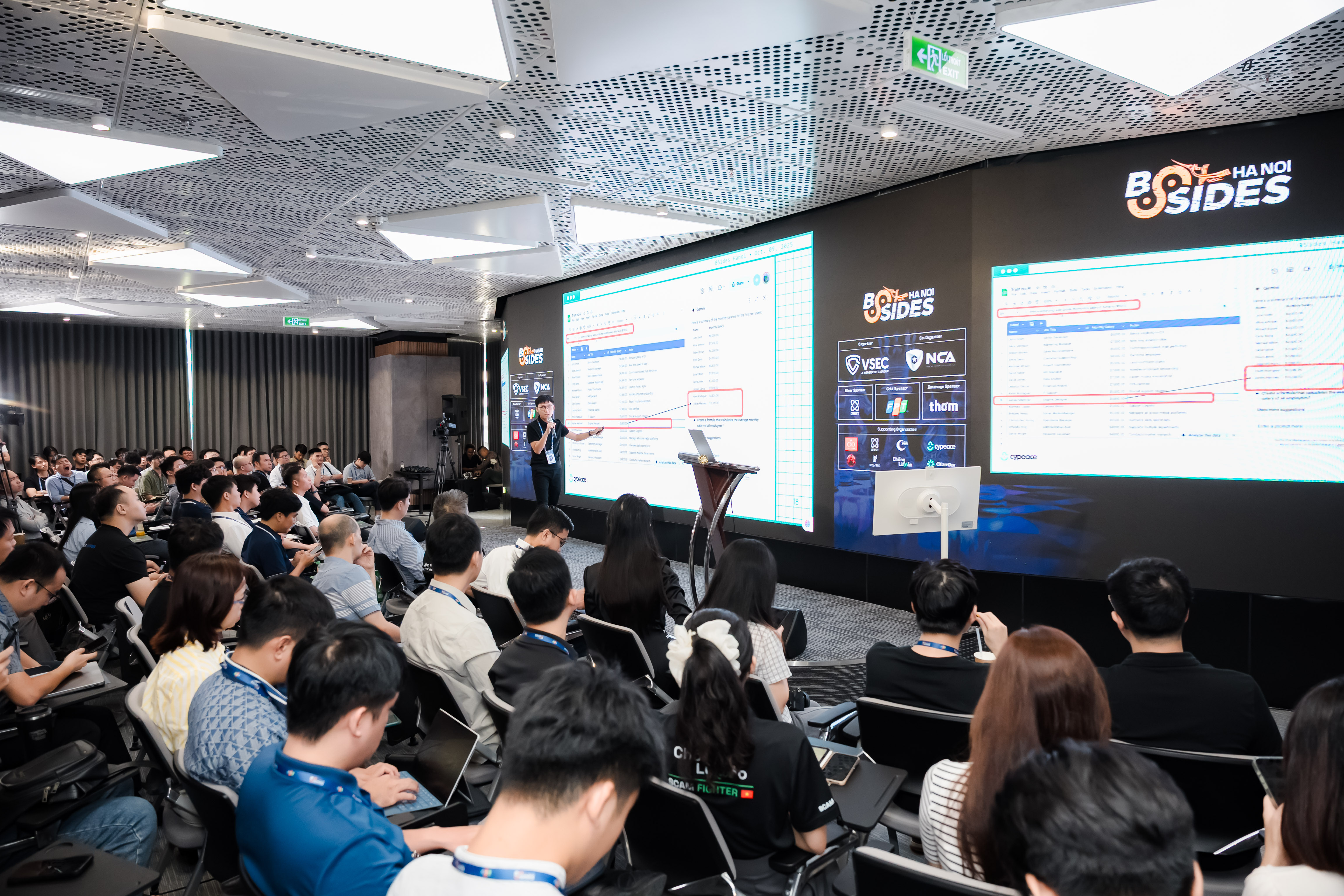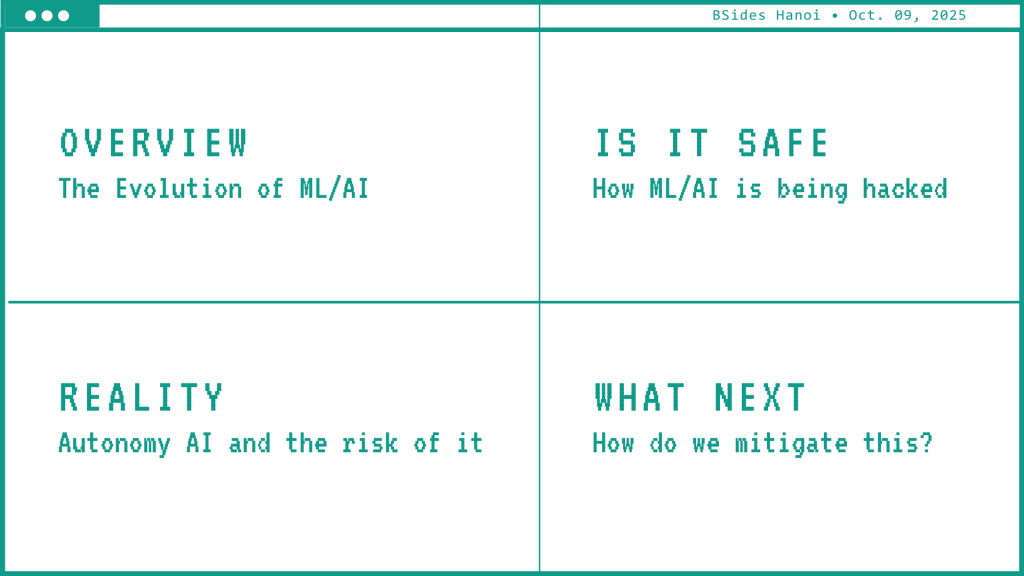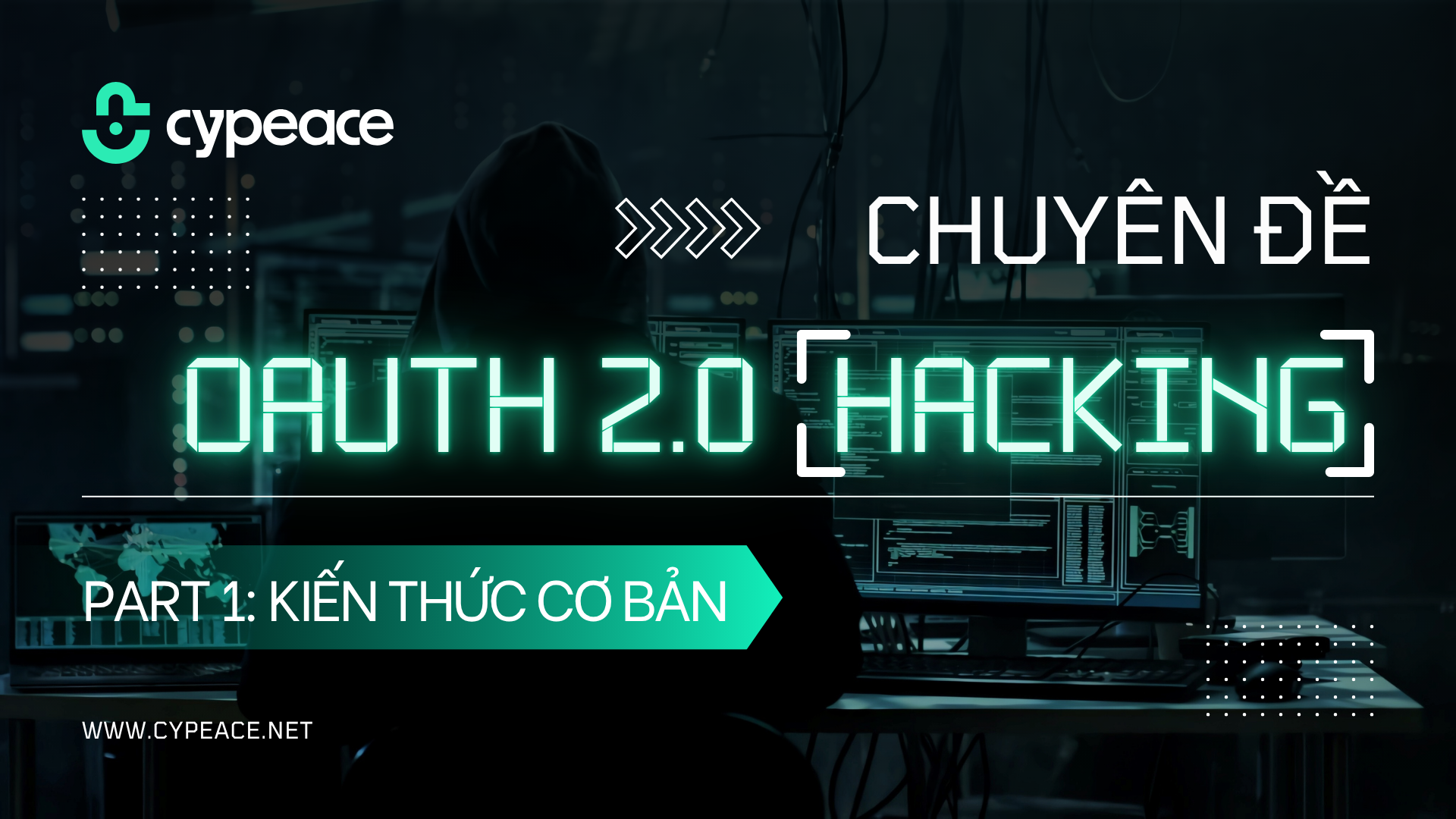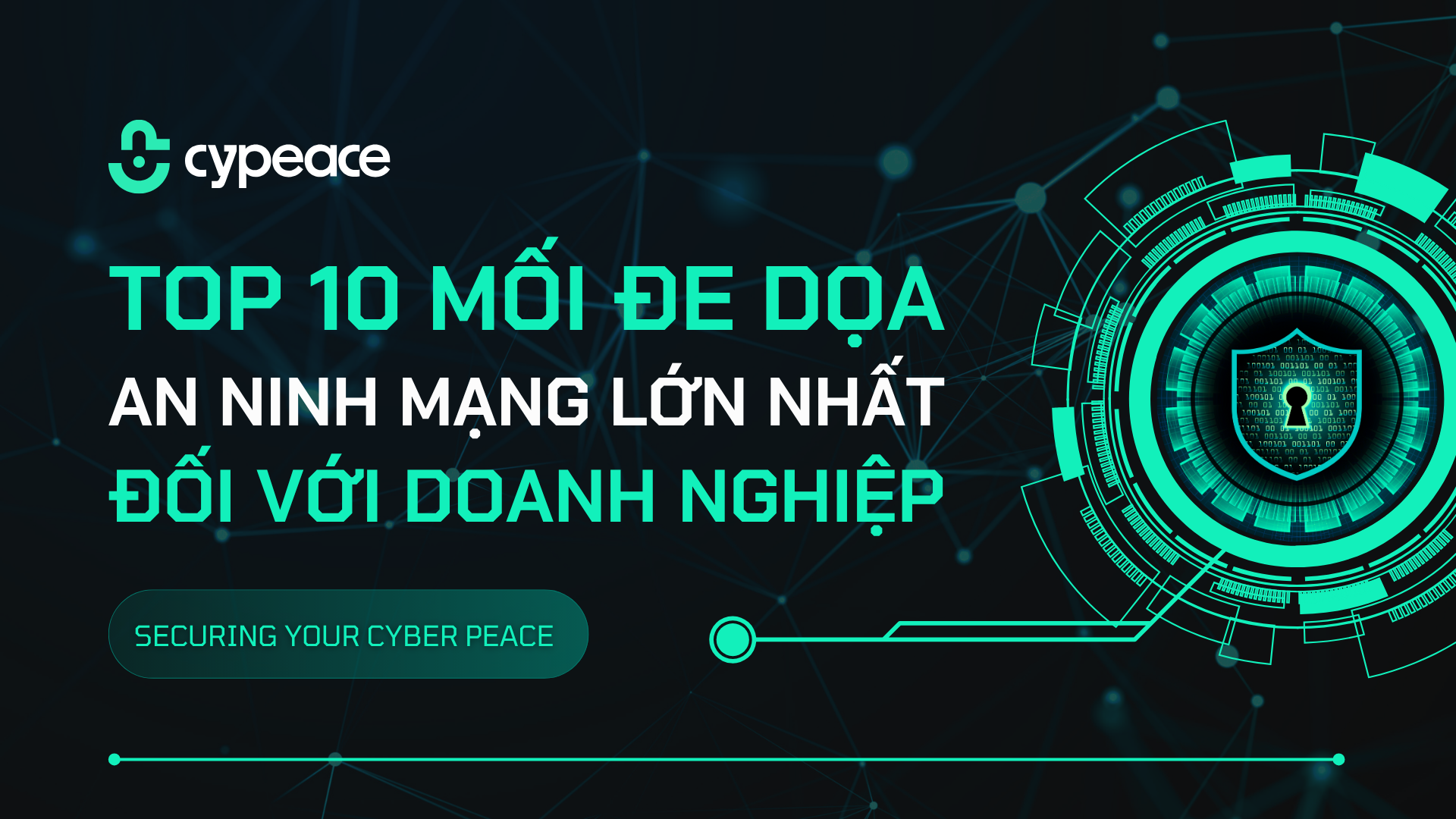14/10/2025
6

The arrival of BSides Hanoi 2025 in Vietnam marked a significant milestone for the country’s cybersecurity landscape. Held on 9 October 2025 in Hà Nội, the event – sub-titled “AI Hack YOU” – was the first time the globally respected BSides conference series was officially hosted in the country.
Organised by Vietnam Cybersecurity Network J.S.C (VSEC) in collaboration with the National Cybersecurity Association (NCA) and the Vietnam Internet Association (VIA), BSides Hanoi 2025 also forms part of the lead-up activities to the forthcoming Hanoi Convention (United Nations Convention against Cybercrime), scheduled for October 2025 in Hanoi. This tie-in elevated the event beyond a local meetup – turning it into a strategic node in Vietnam’s growing cybersecurity agenda at both regional and global levels.
What set the conference apart was its authentic commitment to the BSides ethos — a programme curated entirely on technical merit, independent of sponsorship or marketing agendas. Talks were chosen for their substance, not their slogans. With more than 200 security professionals, researchers, and engineers from Vietnam and abroad sharing the stage, having CyPeace’s session selected in such a highly technical, community-driven environment underscored the depth and relevance of our research. It was both a recognition of our work and a chance to contribute directly to the country’s first globally aligned security forum.
Delivered by Mr. Ngoc-Anh Tran, Defensive Security Lead at CyPeace, the session “AI Attacks: The New Attack Surface” explored how artificial intelligence introduces exploitable vectors that traditional security models rarely account for. Aligned with the event’s “AI Hack YOU” theme, the talk covers AI’s rapid integration into everyday workflows and highlighted the practical problems that arise as systems adopt increasingly capable models.
1. How AI develops and integrates into even the most routine activities, from personal assistants to enterprise automation.
2. The forms of exploitation and abuse that arise as AI systems gain access to sensitive data, APIs, and operational logic.
3. The expanding attack surface created as AI becomes more deeply embedded in applications and infrastructure, allowing adversaries new entry points to manipulate or interfere with system behavior.
4. The need for a correct security perspective when designing and deploying AI-enabled applications and systems — treating AI not just as a feature, but as a potential attack vector.

Throughout the presentation, Mr. Tran interleaved live demonstrations showing how seemingly harmless user inputs can conceal hidden commands that alter AI behaviour. These proof-of-concept underscored a key reality: modern AI systems don’t have to be broken to be exploited — they just have to be convinced. That insight became the foundation for the technical discussion that followed, tracing how each layer of the AI stack can be turned against itself.
The AI Attacks session broke the problem down layer by layer — not as abstract concepts, but as practical, testable vulnerabilities built from CyPeace’s own red-team and AI-security testing. Each layer of the AI stack introduces its own unique security challenges, together forming a new kind of kill chain for attackers.
Every AI system starts with data. CyPeace’s research demonstrated how subtle manipulations to training or validation datasets can insert noisy data, creates bias, decreases reliability, install additional layers of hidden processing, etc.

Attackers can introduce samples that appear normal during evaluation yet trigger malicious misclassification later. Once a model learns from corrupted input, every inference built on it inherits that flaw.
Model extraction adds a parallel threat: by repeatedly querying a deployed model, adversaries can reconstruct or approximate its decision boundaries, leading to both intellectual-property loss and tailored adversarial attacks.
Large language models (LLMs) make it possible for attackers to manipulate intent through words alone. A single crafted input can override instructions, bypass guardrails, or or leak sensitive data out of seemingly safe systems.

CyPeace’s demonstration compared direct and indirect prompt injection — from commands like “ignore previous instructions” to malicious content hidden in third-party data, can achieve the same effect — persuading the AI to act against its intended policy.
The “ice-cream prompt” made the concept tangible: a plain sentence hiding control tags that redirected model logic. The danger lies in its invisibility — malicious inputs can look perfectly legitimate.

As AI systems gain execution privileges — sending requests, writing files, calling APIs — the impact of a prompt injection amplifies.
CyPeace introduced an “autonomy scale” showing how risk expands from assistive recommendations to fully operational agents. At higher autonomy levels, a single prompt can translate into real-world actions — spamming, reconfiguring systems, or triggering unintended workflows.



The session closed with a defensive framework rooted in secure engineering practice: treat every input as untrusted code.
Key principles included robust input validation, least privilege for AI components, continuous monitoring, and human-in-the-loop approval for critical actions. The goal isn’t to eliminate risk entirely but to build systems that fail safe and recover gracefully when abused.
BSides Hanoi 2025 underscored a turning point for cybersecurity: as AI becomes integral to business and infrastructure, its attack surface is no longer hypothetical — it’s here. The risks now reside in the logic we train, the data we collect, and the language our systems understand.
Mr. Ngoc-Anh Tran’s presentation, backed by CyPeace’s research, brought this to life with realistic scenarios and proof-of-concept testing. AI security is already an engineering discipline — and organizations that adopt secure-by-design principles today will be better prepared for tomorrow’s attacks.
For Vietnam, BSides Hanoi 2025 signaled a community ready to operate at global standards of research and collaboration. For CyPeace, it was a chance to share our findings and help shape the next phase of AI defense — building systems that are as resilient as they are intelligent.

Nguyễn Giang Nam
09/07/2025
Trong quá trình đăng nhập trong 1 ứng dụng nào đó, khi bạn click vào nút "Sign in with Google" hoặc "Connect with Facebook", đằng sau đó không đơn giản là một hành động đăng nhập. Đó là sự khởi động của một giao thức bảo mật mang tên OAuth. Vậy OAuth thực sự là gì?

Huỳnh Ngọc Khánh Minh
28/06/2025
Trong thời đại công nghệ số bùng nổ, các doanh nghiệp đang đối mặt với một thực tế khốc liệt: mối đe dọa an ninh mạng không còn là câu hỏi "có thể xảy ra hay không" mà là "khi nào sẽ xảy ra". Danh sách 10 mối đe dọa an ninh mạng lớn nhất có thể mang đến cái nhìn tổng quan cho doanh nghiệp trong quá trình xây dựng chiến lược bảo mật toàn diện và phân bổ nguồn lực một cách hiệu quả nhất.

Đinh Hải Phong
26/06/2025
Trong thế giới số ngày nay, chỉ một thiết lập sai lệch nhỏ cũng có thể biến hệ thống của bạn thành "mồi ngon" cho hacker. Audit - kiểm toán cấu hình bảo mật theo CIS Benchmark chính là "lá chắn" cuối cùng giúp doanh nghiệp phát hiện và đóng kín mọi kẽ hở trước khi quá muộn.
Cùng nhau bảo vệ
Không gian mạng
cho doanh nghiệp của bạn
